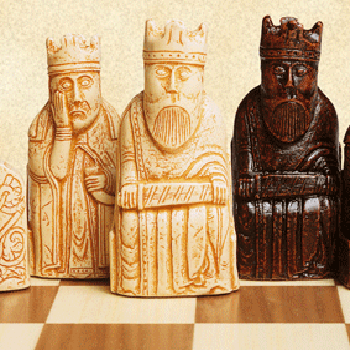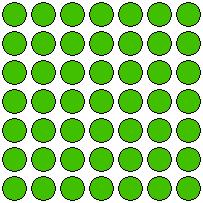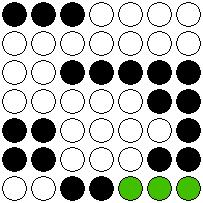

| Standard rules of the game of Awarichess |
 |
 |
 |
| View from the the top of the awarichessboard with the chessboard, the green circles between the squares and the holes for Awari outside. |
 |
| Section view of the awarichessboard with the Chess pieces, the green seeds and the clear and dark cones. |
 |
 |
 |
 |
| 1. (1=W) e4 | (2=W) 0 |
| 2. (3=W) Bc4 | (4=B) Nc6 |
| 3. (5=B) 0 | (6=W) 0 |
| 4. (7=W) Nf3 | (8=W) 0 |
| 5. (9=W) Ng5 | (10=B) Nh6 |
| 6. (11=B) 0 | (12=W) 0 |
| 7. (13=W) Qh5 | (14=W) 0 |
| 8. (15=W) Bxf7+ | Nxf7 |
| 9. (16=W) Qxf7# |